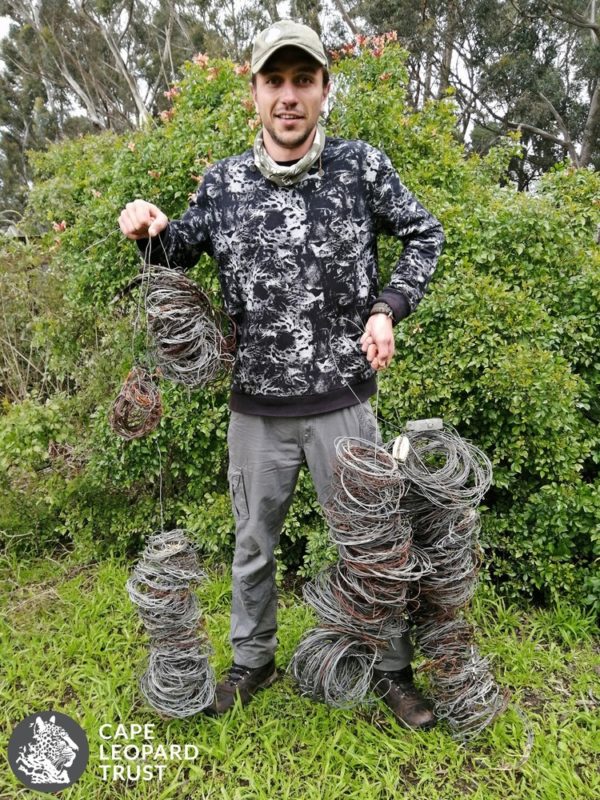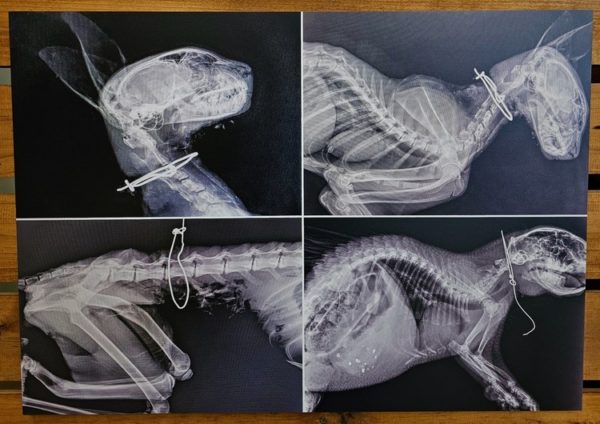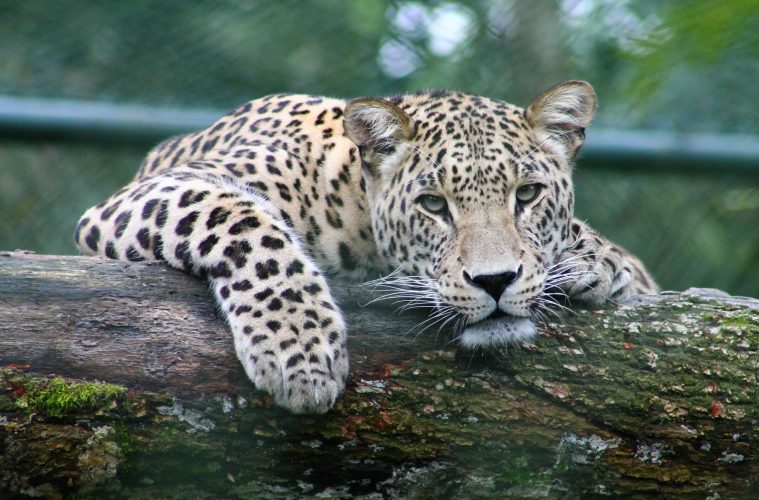The cruel and illegal practice of setting snares to hunt wild animals has escalated over the past decade and has become a serious and widespread problem in the Western Cape.
Although usually set to catch bush meat species such as porcupines and small antelope, snares trap animals indiscriminately. Conservationists say their increasing use is inflicting ‘a huge toll on the entire ecosystem’, including the province’s top two predators – leopard and caracal.
Concerned by this escalating problem, several prominent conservation, animal welfare, and volunteer organisations have combined resources to launch a coordinated response to wildlife snares, GroundUp reports.
The initiative includes improved training for field rangers, land managers, and all conservation practitioners in how to find and remove snares, handle the snaring issue, report on incidents, and work towards mitigating the threat, as well as data collection and raising public awareness about the snaring problem in the province.
The Western Cape Snare Response Plan launched on Tuesday as a partnership initiative between the Cape Leopard Trust (CLT), CapeNature, Kogelberg Biosphere, Wildlife Forensic Academy and the Cape of Good Hope SPCA, is the first comprehensive plan of its kind for the region.

A snare is usually a simple piece of wire, cable, rope, or nylon tied into a noose which is then anchored and positioned – often on a game trail or frequently used path – in such a way as to catch animals either by the foot, head or body.
Setting such snares has been illegal in terms of the province’s Nature Conservation Ordinance since 1974. However, from around 2012, CLT staff became aware of disconcerting rumours and anecdotes about the increasing use of traps in the Boland region, although evidence was sketchy.
By early 2016 these rumours were sufficiently persistent and substantive to red-flag snaring as a definite emerging threat to wildlife in the Boland.
ALSO SEE:
Cultivating sustainable communities through nutritious gardens with Soil for Life
To understand the problem, the CLT recruited two Stellenbosch University Masters’s degree students to conduct face-to-face interviews with 103 owners or managers of private properties bordering protected areas in the Boland.
They also interviewed 307 permanently employed farm workers, three-quarters of whom had been born in the Western Cape. Of these workers, 42 undertook regular snare poaching, setting on average three snares every month.
The workers cited six motivations for setting the snares: food insecurity; the convenient hunting method and low risk of arrest; control of highly destructive feral pigs; for cultural purposes (medicinal, traditional, spiritual or religious); the commercial trade in bushmeat; and recreational hunting.

While leopards were not generally the targets, some of these big predators were trapped. One leopard had a lucky escape when it was caught in a snare in the Paardeberg area west of Wellington in February 2016, but it was freed without major injury by CapeNature. Another was less lucky and was discovered dead in a snare on private property on the slopes of the Helderberg above Somerset West in 2019.
In June of that year, the CLT initiated a formal Snare Patrol Project in the Boland. A snare patrol officer conducted 210 patrols over 1,410km on 111 properties during the next 12 months. He found 671 snares of which 537 were ‘active’– a rate of one snare for every 2.18km patrolled.
A small number of carcasses were found in the snares, including porcupine, duiker, bushpig, grysbok, guineafowl, and genet.
Many of the landowners and managers had been unaware of snaring on their properties. The CLT was heartened by their positive responses, including instituting remedial measures on their properties.
Harmful practice
Snare trapping is an exceedingly wasteful hunting method because snares are often not checked, resulting in captured animals dying and simply rotting away, said CLT Communications and Media Manager Jeannie Hayward.
‘Caught animals are sometimes able to break the snare off from its anchor following (a) prolonged struggle to escape, leaving the animal severely hurt or maimed. Snaring can also have negative consequences for people, as consuming bushmeat may cause serious illness, and pets and livestock may be trapped in snares,’ says Hayward.
The increasing number of animals discovered alive in snares prompted the CLT to initiate the development of a coordinated response strategy to ensure a quick and efficient reaction to snaring incidents through a network of key partner organisations, she explains.
On Tuesday the response plan was officially launched as a fundamental component of the overarching Snare Free initiative. The launch was attended by policymakers from the provincial government and district municipalities, stakeholders from several environmental organisations, nature reserves and conservancies, as well as various media and project supporters.
‘The launch is the culmination of 12 months of work by the task team to design and develop ‘Snare Free’ as an integrated project with its own logo, a dedicated website, an email address, and a hotline phone number,’ said CLT Research and Conservation Director Katy Williams. ‘It’s our hope that this project model will be shared widely, as we envision this type of initiative being replicable elsewhere.’
The initiative includes a social science research project working with communities to better understand the drivers and potential solutions to snaring.
Cape Leopard Trust chief executive Helen Turnbull said: ‘Snare Free is merely a first step in a coordinated effort to investigate and respond to the increasing snaring threat, and a lot of work still lies ahead as the plan evolves. Given the number of snares uncovered in targeted areas, we are certain this is just the tip of the iceberg.’
‘This will be a time of learning for the partners, but it’s also an exciting opportunity for us to step up as a collective and take positive action.’
What to do
If you discover a live wild animal caught in a snare in the Western Cape, you can call the Snare Free hotline for assistance at 076127485.
Keep your distance from the animal, keep noise to a minimum, and advise other people to refrain from entering the area. Have the following information available for the hotline operator:
- Location (GPS coordinates/pin preferably)
- Animal species/description (if known)
- Your contact number
If you discover empty snares or a dead animal caught in a snare, take a photo and report it to the Cape Leopard Trust’s online Data Portal (app.capeleopard.org.za). You will need to provide the location and a photograph. Then carefully remove and dispose of the snare/s responsibly to ensure that it cannot be used again.
Visit Snarefree for more information and resources.
ALSO SEE:
Originally written by John Yeld for GroundUp.
Feature image: Unsplash

